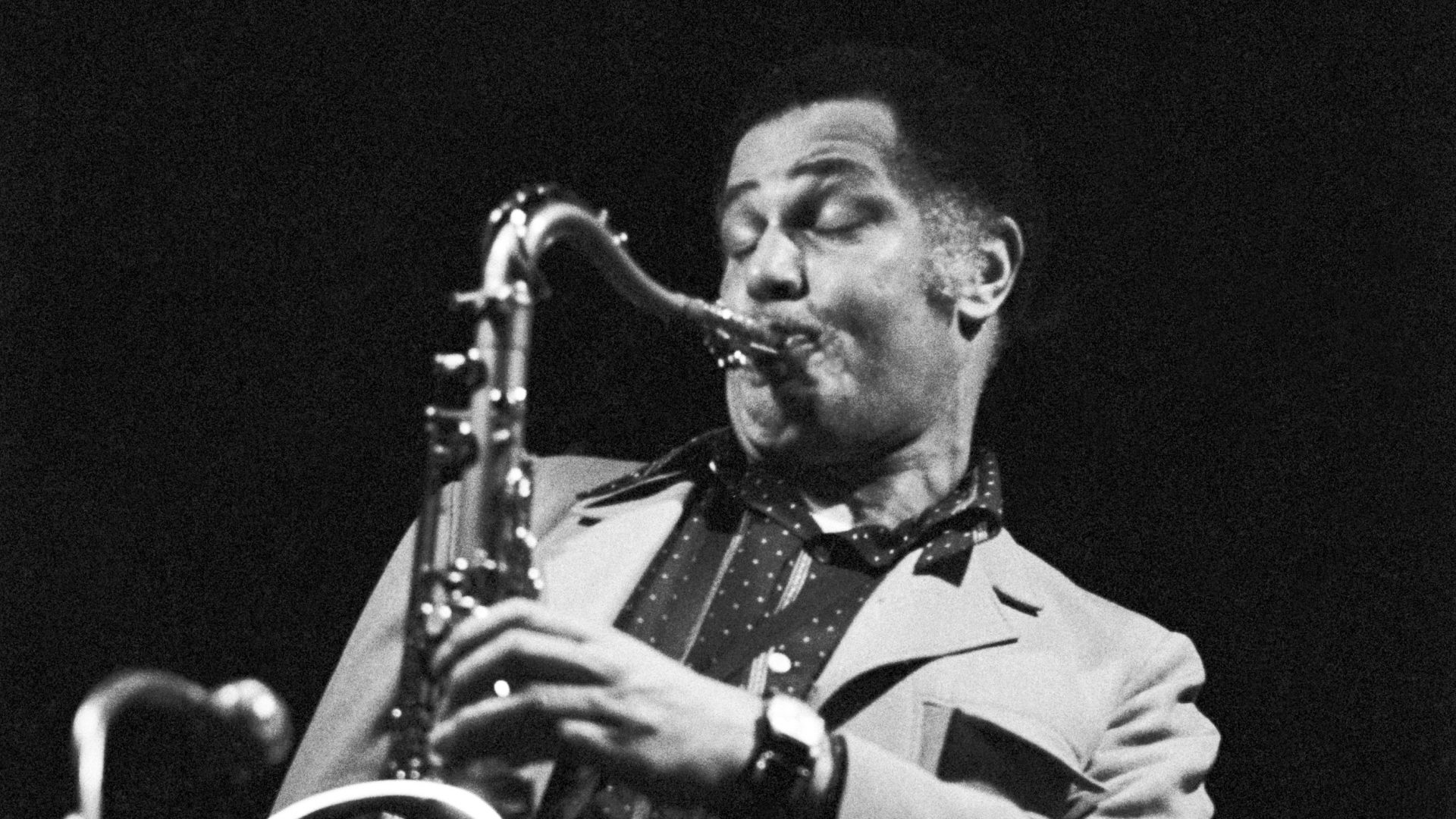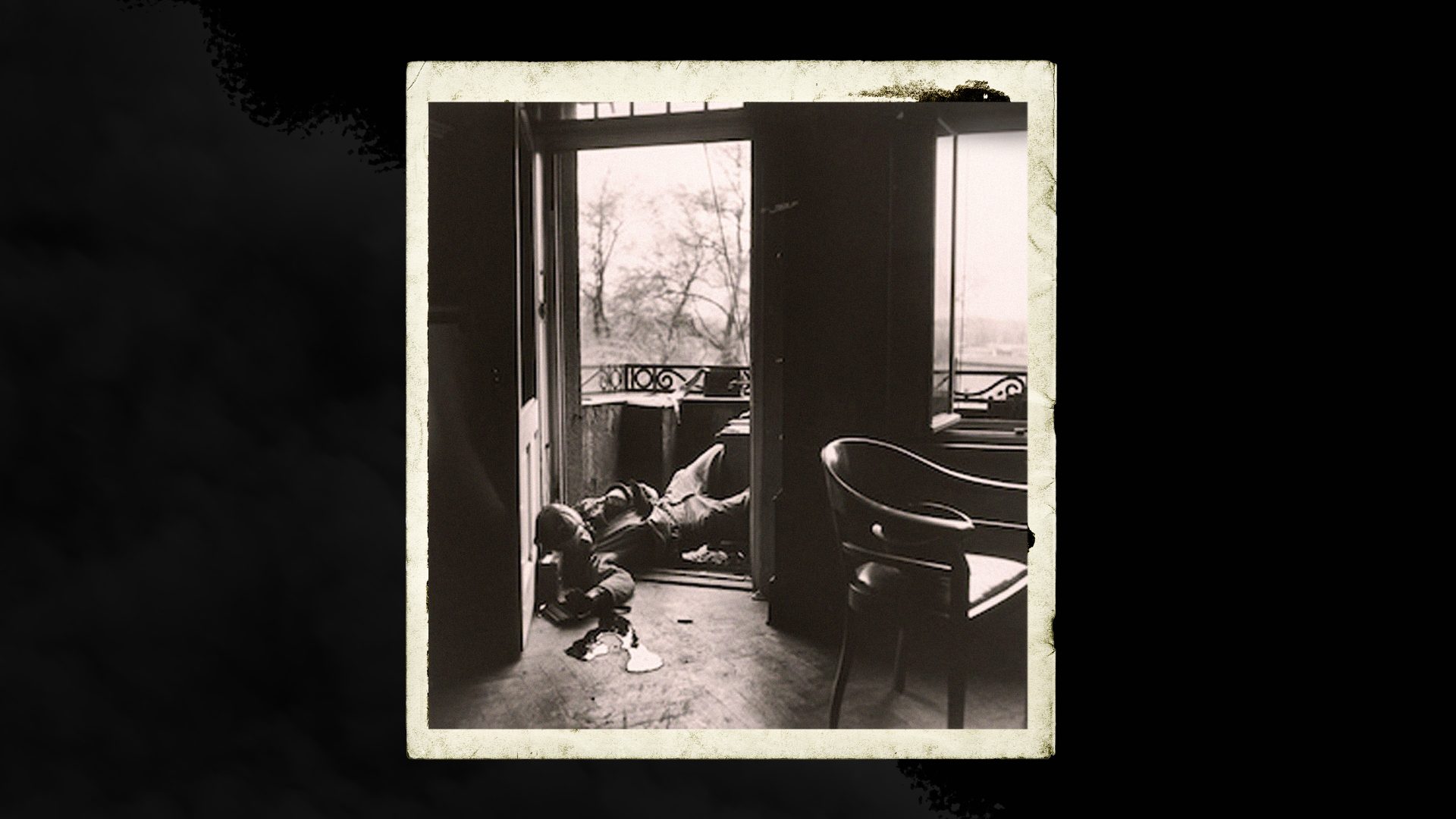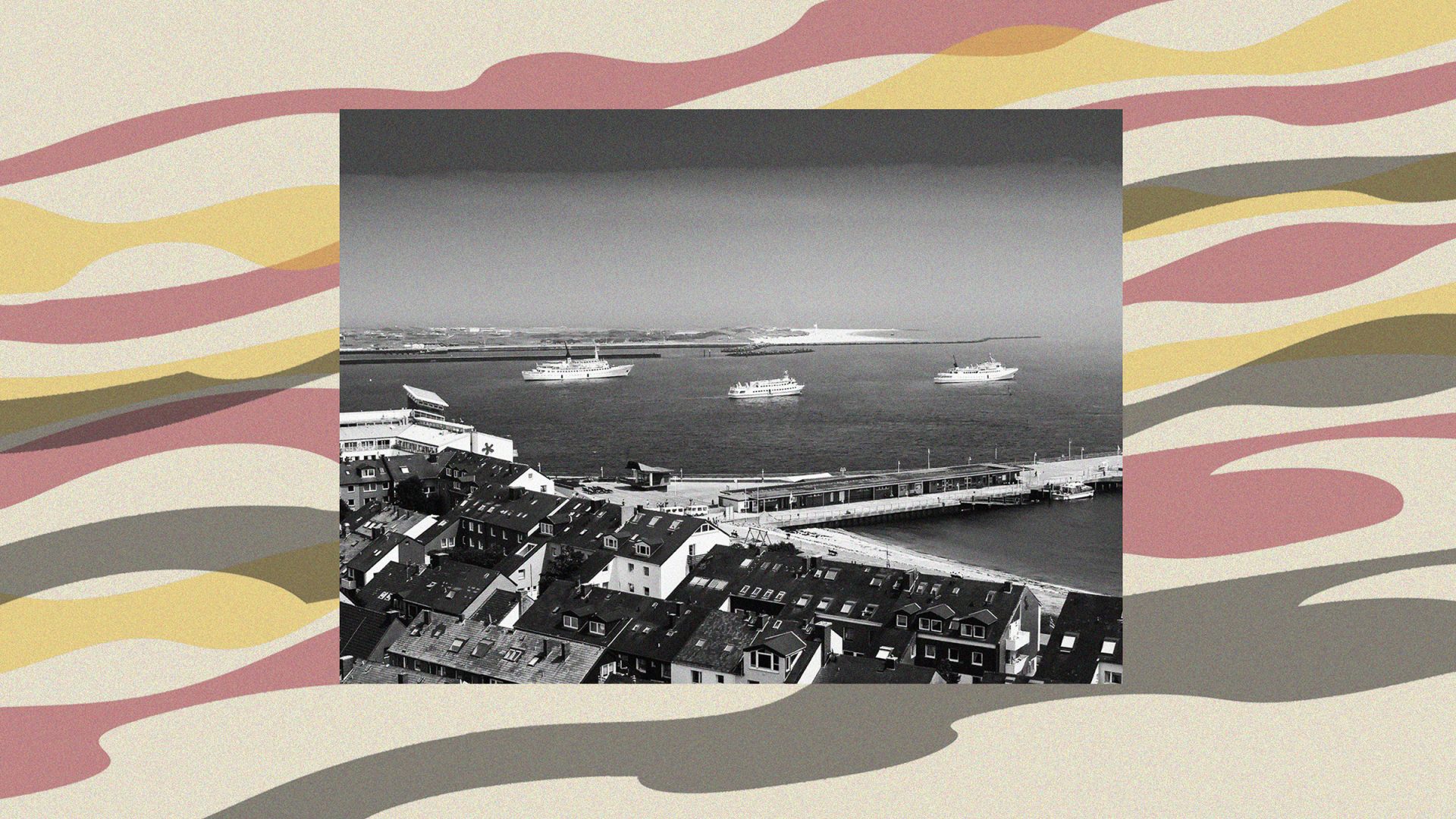What is the best kind of jazz club? The days of smoke-filled basements inhabited by the impossibly cool and chic are long gone – if they ever existed outside the imaginations of film directors.
I was in Copenhagen to visit a celebrated example of the species, Jazzhus Montmartre. It was founded in 1959, the same year as Ronnie Scott’s, and was named after the French-style cafe it replaced. Copenhagen has always been a jazz city. Not only is it home to one of the world’s most long-established jazz clubs, it also plays host to a major summer jazz festival.
Such was Copenhagen’s attraction for musicians in the 1960s that two giants of the tenor saxophone – Ben Webster and Dexter Gordon – decided to make it their home. Webster is buried here in the Assistens Cemetery, along with fellow American jazzer the pianist Kenny Drew, as well as Hans Christian Andersen and Søren Kierkegaard.
Both Webster and Gordon played at Montmartre many times, and recorded several live albums in this very room. Their story is told in the 2015 film documentary Cool Cats, which includes archive footage from the club. While living in Copenhagen, Webster bought a little 8mm film camera, with which he filmed fragments of anything that interested him – animals in the zoo, friends waving up at his apartment window, Gordon doing a little street corner business with a drug dealer. Webster himself had an unhealthy relationship with the bottle. But both loved the city, and stayed for many years.
Gordon crossed the Atlantic after bumping into Ronnie Scott at a bar in New York. Scott invited him to perform in London later that year. Gordon had never been to Europe, but duly came across and thrilled British fans, who had only heard him on record. During his residency at the club he was contacted by Harold Goldberg, an American pianist who lived in Copenhagen and who helped with bookings at the Montmartre – and so Gordon’s relationship with the city began.
I was in town to interview the pianist Ethan Iverson who, with his trio, played at the club to a capacity audience of 85 that same evening. In case you were thinking: 85? Welcome to the world of jazz clubs. They are by nature intimate places, and that’s their appeal. New York’s famous Village Vanguard has space for 130, seated at small tables. London’s Ronnie Scott’s seats 220, likewise with tables.
As far as the Montmartre is concerned, to be honest, I’ve seen bigger living rooms. Most of the audience is seated in tightly packed rows facing the stage. But musicians like Iverson have a strong sense of history that draws them to places like this. As well as the photos of legends on the walls, the Montmartre has its famous display of African-style plaster masks, created especially for the club when it opened in 1959. Upstairs, by contrast, the band room is more spacious, with sofas and even a keyboard for some last-minute practice, if needed.
I asked Iverson whether the Montmartre was the perfect jazz club. “It’s hard to play small-group swinging straight ahead jazz outside of a club, in a way. So a place like the Montmartre or Ronnie Scott’s is good for that. Sometimes a club can be hardest for a ballad because it can be quite noisy, if people are eating food and all that sort of stuff. If they’re not listening, your ballad is kind of wallpaper.”
Fortunately, the Montmartre audience is a listening audience. They were certainly listening when Iverson played Wayne Shorter’s sublime ballad Infant Eyes. In fact, you could have heard a pin drop.
Although Copenhagen has thrown up its fair share of gigantic, hideous new buildings in the last couple of decades, it retains the human scale that makes it a far more gentle and civilised environment than most world capitals, even though it’s very expensive. The bars and restaurants are buzzing. That Scandinavian hygge (cosiness and sociability) is alive and well. Even my hotel runs a free drinks event each evening so that its mostly foreign guests can meet and mingle.
A friend who has lived here for 25 years tells me she finds the Danes surprisingly insular: many live and die quite happily in the towns where they were born. This may explain Denmark’s No 2 ranking, after Finland, in the recent World Happiness Report.
Copenhagen’s fondness for jazz is a reflection of that. And no one here mentions Greenland or Donald Trump.
Peter Jones’s most recent book, Nightfly, is a major biography of Donald Fagen, published by Chicago Review Press



